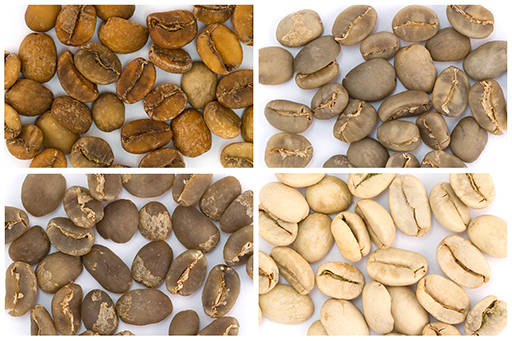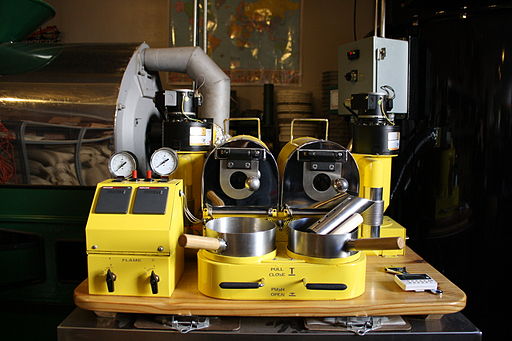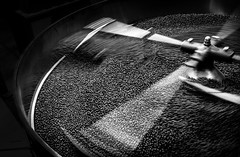Green Your Coffee Routine
Wednesday, April 18th, 2018 by Al
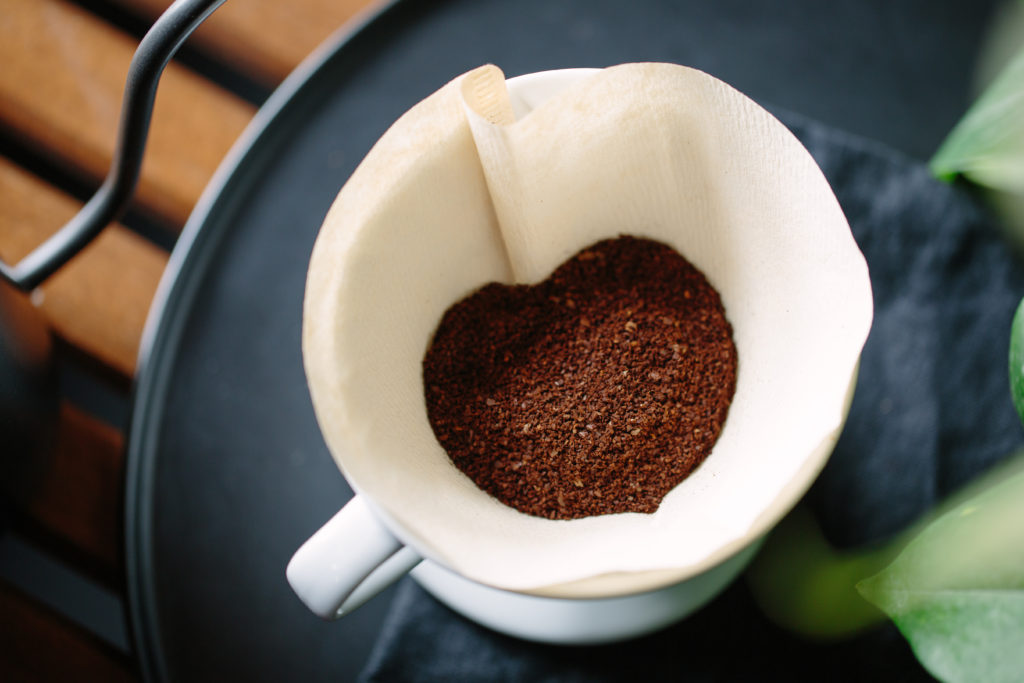
Good old Earth Day is rapidly approaching, and in our opinion, it totally deserves more than just one day of celebration a year. If we had it our way, it’d be Earth Day every day. That aside, there are numerous ways we can change how we live our lives day to day while also minimizing our footprint on the planet. You may be thinking that food has a large impact, but guess what else does? Coffee.
It’s easy to do something small. It may not seem like much, but when you think about it, your coffee routine can have a significant impact on our planet. Where do you buy it? How do you brew it? What are you drinking out of? But okay, enough of that. Let’s get to the good stuff! Here are a few tips on how to green your coffee routine.
- Brew at home in ways that limit waste: Skip the line, and brew at home. Not only will you save money, but you’ll reduce your footprint too. If you want to take it a step further and use a manual brewing method like a French press, pour-over, or Chemex to cut back on electricity. You’ll have a delicious cup you can feel good about!Of course, not everyone has time to use a more traditional coffee brewing method. We get it. If you can’t make traditional methods work for you, you can reduce your impact with an Ekobrew reusable filter for your coffee machine. Instead of piling up landfills with wasteful coffee pods, you can be satisfied knowing you have reduced your impact while you sip!
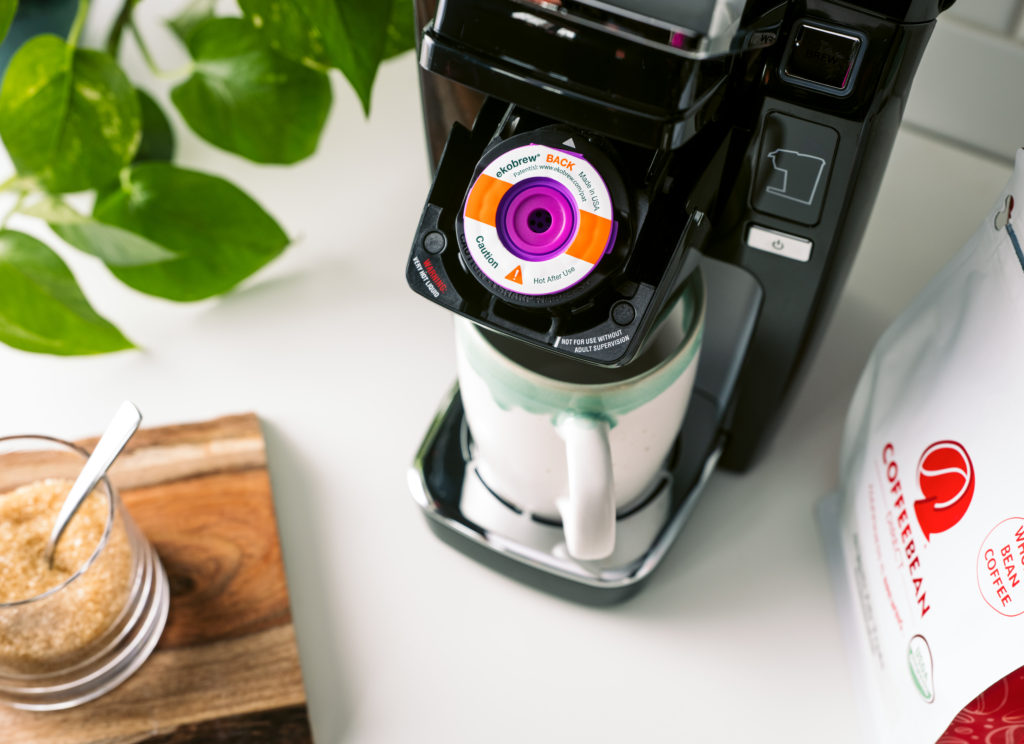
- Re-use your coffee grounds: Inevitably, you will end up with coffee grounds when you brew at home, and they can most certainly be re-purposed in a variety of ways. They will work great for composting because they are rich in nitrogen. You can use them to exfoliate your skin, clean dishes, deodorize your refrigerator, and even fix furniture in your home. Behold the power of coffee!
- Get a mug: This one goes without saying: get a re-usable mug! Not only will you help reduce the 50 billion discarded cups every year, but you will get cool points. Mugs are super customizable, and the choices are endless.
We hope these tips help you feel a bit better about doing your part to help make our planet a cleaner place. Have any tips of your own to share? Leave us a comment below!

Good old Earth Day is rapidly approaching, and in our opinion, it totally deserves more than just one day of celebration a year. If we had it our way, it’d be Earth Day every day. That aside, there are numerous ways we can change how we live our lives day to day while also minimizing our footprint on the planet. You may be thinking that food has a large impact, but guess what else does? Coffee.
It’s easy to do something small. It may not seem like much, but when you think about it, your coffee routine can have a significant impact on our planet. Where do you buy it? How do you brew it? What are you drinking out of? But okay, enough of that. Let’s get to the good stuff! Here are a few tips on how to green your coffee routine.
- Brew at home in ways that limit waste: Skip the line, and brew at home. Not only will you save money, but you’ll reduce your footprint too. If you want to take it a step further and use a manual brewing method like a French press, pour-over, or Chemex to cut back on electricity. You’ll have a delicious cup you can feel good about!Of course, not everyone has time to use a more traditional coffee brewing method. We get it. If you can’t make traditional methods work for you, you can reduce your impact with an Ekobrew reusable filter for your coffee machine. Instead of piling up landfills with wasteful coffee pods, you can be satisfied knowing you have reduced your impact while you sip!

- Re-use your coffee grounds: Inevitably, you will end up with coffee grounds when you brew at home, and they can most certainly be re-purposed in a variety of ways. They will work great for composting because they are rich in nitrogen. You can use them to exfoliate your skin, clean dishes, deodorize your refrigerator, and even fix furniture in your home. Behold the power of coffee!
- Get a mug: This one goes without saying: get a re-usable mug! Not only will you help reduce the 50 billion discarded cups every year, but you will get cool points. Mugs are super customizable, and the choices are endless.
We hope these tips help you feel a bit better about doing your part to help make our planet a cleaner place. Have any tips of your own to share? Leave us a comment below!

